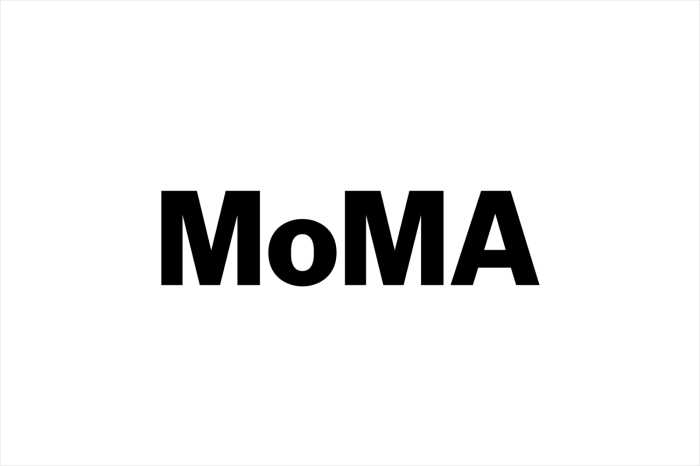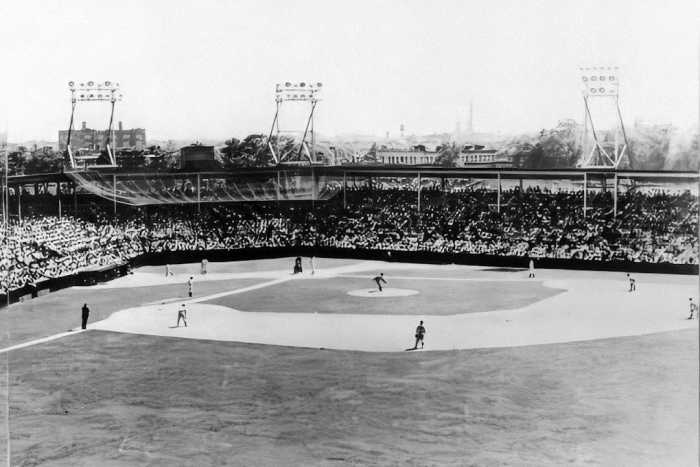By Lincoln Anderson
A proposal for supportive housing is reportedly a finalist for the Boys’ Club of New York’s Milliken Clubhouse property at Pitt and E. Houston Sts.
Describing the basics of the proposal at Community Board 3’s full board meeting last Wednesday, David Beer of Common Ground Community, said Common Ground’s understanding is they are one of two finalists in the running for the site.
Common Ground is a nonprofit housing and community development organization established in 1990 whose mission is “to solve homelessness.”
Common Ground’s project at Pitt and E. Houston Sts. would involve razing the Milliken Clubhouse, and replacing it with an 11-story, 100,000-sq.-ft. building. The new building would provide permanent, affordable, supportive housing for 260 single adults, including 180 single-person, efficiency units with bathrooms and kitchens and 80 four-bedroom suites in which individuals would share a common kitchen and two bathrooms.
Of the total number of residents, 104, or 40 percent, would be working, low-income single adults, with first preference given to people from the C.B. 3 district. The balance of the units, 156, would be for a yet-to-be-determined mix of young adults aging out of foster care or otherwise at risk of homelessness and single adults referred by the city who are either homeless or at risk of homelessness. Beer said some of the residents would be individuals with special needs and/or mental illness. Common Ground would partner with a social services agency to provide on-site social services and there would be security 24 hours, seven days a week.
The Department of Housing Preservation and Development must approve the deal, since the site carries deed restrictions for community-facility use and ownership by a nonprofit organization.
The El Pueblo Nuevo urban renewal site, a single block bounded by E. Houston, Stanton, Bridge and Pitt Sts., was designated in 1975 and its regulations amended in 1983. The urban renewal plan designated part of the Boys’ Club site for institutional use, further defining this as a community facility. The urban renewal plan expires in 2015, but a deed restriction added in 1983 by Community Board 3 states that part of the site must be subject to the urban renewal plan restrictions and must be owned by a nonprofit organization in perpetuity.
Claiming that gentrification had reduced the need for its services on the Lower East Side, the Boys’ Club vacated its Milliken Clubhouse last summer and consolidated its programs at its E. 10th St. and Avenue A clubhouse.
After the Boys’ Club announced its intent to sell the Milliken Clubhouse, some ideas initially floated in the community were to re-use it for the Lower Eastside Girls Club or as another Parks Department recreation center. The site is directly across from a Parks recreation center, Hamilton Fish Park.
At last Wednesday’s meeting, Community Board 3 voted to issue a letter of support for Common Ground Community’s proposal.
However, one local resident in the audience voiced concern, saying, “I don’t like the feeling of an S.R.O. and former homeless people being across from a park.”
But several board members spoke in favor of Common Ground, calling it “one of the best” of the supportive housing providers, and pointed out that existing supportive housing projects in the area have had no discernible negative impact.
Lisa Kaplan noted, “There’s one at 89 Pitt St. across from the park already, and nobody knows it. It’s the quality of the people who run it.” Kaplan noted that Common Ground runs the Times Square, one of the country’s largest supportive housing facilities, another building on 28th St. and is also building a new sliver residence above a flophouse on the Bowery — a challenging renovation and construction job because it is being done with longtime residents in place.
George Diaz, another board member, said a supportive housing facility near the old Gouverneur Hospital hasn’t been a problem.
“There has never been an incident in eight years,” he said.
“I have to say we have a lot of them in this neighborhood,” added Herman Hewitt, of the supportive housing projects.
Phone calls to Boys’ Club director Brad Zervas were not returned by press time.
Beer said his understanding from the broker for the property, Cushman & Wakefield, is that the other development group is planning market-rate apartments, though he didn’t know any more specifics about the proposal. He said a market-rate building would have less bulk than Common Ground’s plan, since it wouldn’t benefit from the community-facilities zoning bonus.
Carol Abrams, an H.P.D. spokesperson, said restrictions apply to five of the site’s nine lots, and that the four other lots have no restrictions. She said the Boys’ Club hasn’t made a presentation of any of the plans to H.P.D., and that the agency must give its approval to any plan.
Barden Prisant, chairperson of C.B. 3’s Housing Committee, said he heard in meetings with the Boys’ Club that the second developer was planning a mixed market-rate and nonprofit project, but he did not know who the second group is. Prisant said he heard the Boys’ Club was seeking up to $10 million for the site.
Prisant added that there was a meeting with Councilmember Alan Gerson to see if
Gerson might be able to help any project on the site get funding from the Lower Manhattan Development Corp. However, Beer said that as of now no L.M.D.C. funds would be used by Common Ground.
Common Ground’s Beer said he expected the Boys’ Club to make its selection sometime this week.
The site used to be in Councilmember Margarita Lopez’s district, but due to redistricting is now in Gerson’s district.
Lopez was on vacation earlier this week. Speaking on her behalf, Eric Lugo, her chief of staff, said, “The councilmember is very supportive of affordable housing. According to the Housing Committee [of Community Board 3] and Board 3, the [Common Ground] proposal is a community facility. The councilmember is also curious as to what the other proposals are for that site — which unfortunately have not been disclosed.”
For More: https://www.amny.com/news/theater-79/




































